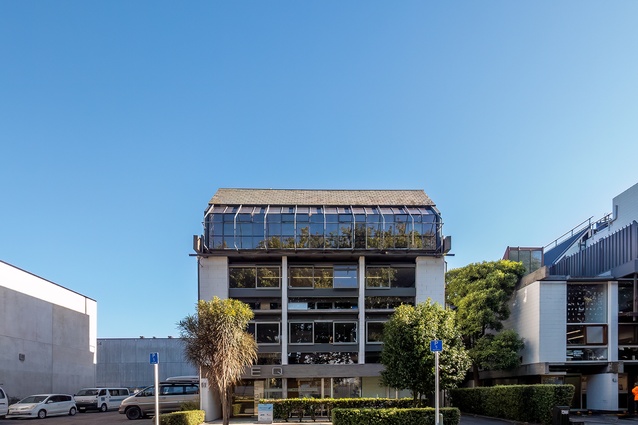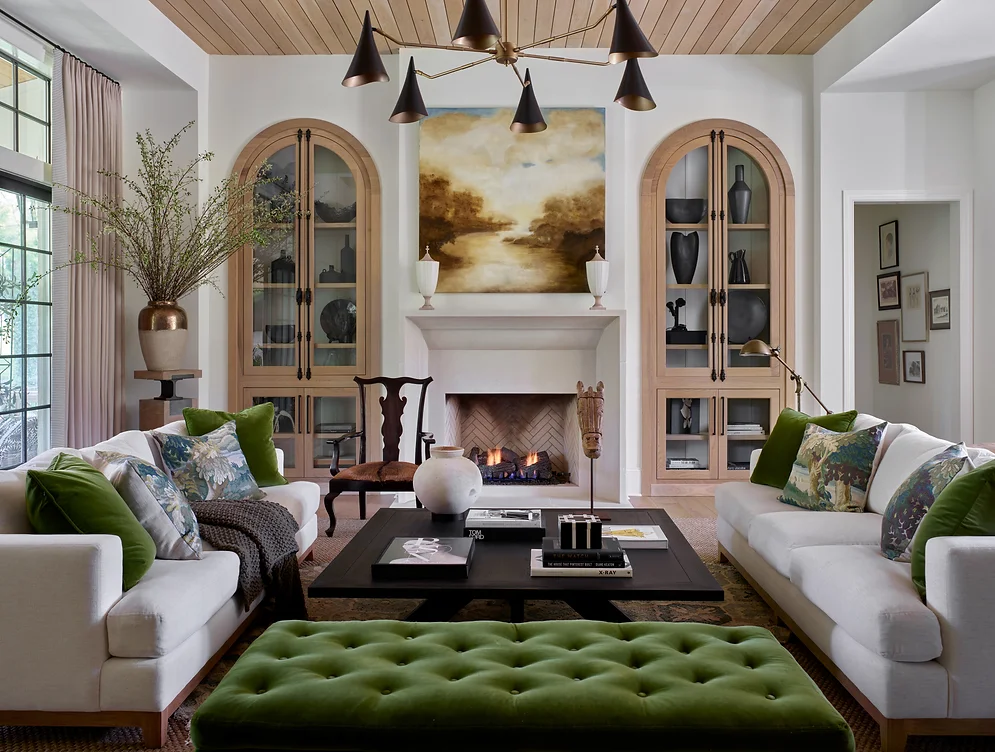[ad_1]
The collection of buildings included in this year’s tour illustrates the development of their practice and the rise of the Christchurch modern style, moving from a young Warren’s foray into the style and its materials, to accomplished expressions and a confident partnership.
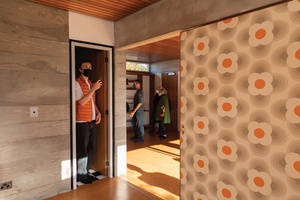
Sarah Rowlands
1. Dorset Street Flats
F. M. Warren A.N.Z.I.A, 1956–57 (later Warren and Mahoney); Young Architects, 2021.
Today considered one of the most important twentieth-century residential buildings in New Zealand, where the young architect started developing his vocabulary — exposed concrete block walls, concrete beams and axial planning.
The flats encompassed a new type of residential living expressed in a style soon to be synonymous with Christchurch.

Peanut Productions
2. 65 Cambridge Terrace (+office) + flat
Warren and Mahoney, 1962 & 1979.
65 Cambridge Terrace was designed as both an office for WaM and a residence for Sir Miles Warren, offering insight into the life and practice of the architect.
Demonstrating a masterful use of materials, the strong geometric design has become a symbol of Christchurch’s modern architecture movement.
The building was extended to keep pace with the growing practice; a tiny flat on the roof of the original building, then a flat in the garden in the late 70s. Sir Miles Warren lived in all spaces at one time or another — the spaces reflecting the evolution in his life and practice.
The stunning courtyard garden and the relationship of the building to this, shows an early understanding of the form, space and textures of the garden as part of the architecture.

Sarah Rowlands
3. College House (University of Canterbury Hall of Residence)
Warren and Mahoney, 1964–67.
Sir Miles Warren deemed College House their best building. Oxbridge tradition is realised in modernist materials, and masterful planning gives a clear logic to the building’s internal programme.
The Chapel, newly restored, will also be open for exploration.
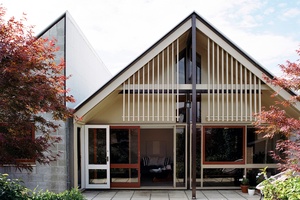
Mary Gaudin
4. RC Webb Flats
Warren and Mahoney 1965.
A chance to see how liveable, elegant and generous a small space can be, and to think about how this might inform how we live today.
These are unusual in their spare approach, but showcase many crafted details, such as the original timber joinery.
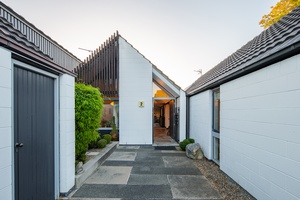
Peanut Productions
5. Schneideman House
Warren and Mahoney, 1966.
A one-off chance to experience this exceptional Christchurch modern house first-hand.
The house references an early New Zealand cottage vernacular and separates out living functions into three pavilions: services, living and bedrooms. Crisp street presence and the archetypical clean-cut lines of Warren and Mahoney are present.
The current owner is restoring the house in line with a personal commitment made to Sir Miles: to uphold the original design philosophy.
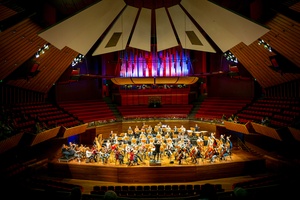
Peanut Productions
6. Christchurch Town Hall
Warren and Mahoney, 1966–1972 & 2019.
One of the country’s most acclaimed buildings, this is an important civic space for Christchurch residents who waited almost 100 years for a town hall of their own and helped finance what was to become the centre of public life.
The expression of its structure and materials are key characteristics of this modernist masterpiece.
The internationally acclaimed auditorium with its groundbreaking acoustic design is one of the building’s most impressive features.
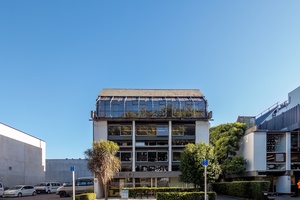
Peanut Productions
7. AEQ
Warren and Mahoney, 1974.
A later work, it is located close to other Warren and Mahoney buildings (and just next door to 65 Cambridge Terrace) and is a great chance to take in the cluster of WaM buildings in the area built over time. See how the AEQ building marks a shift in their style and foreshadows late 70s/early 80s architecture, but relates in forms, scale and materials.
[ad_2]
Source link

